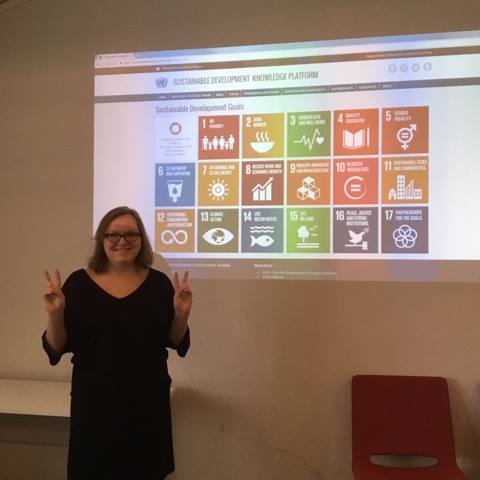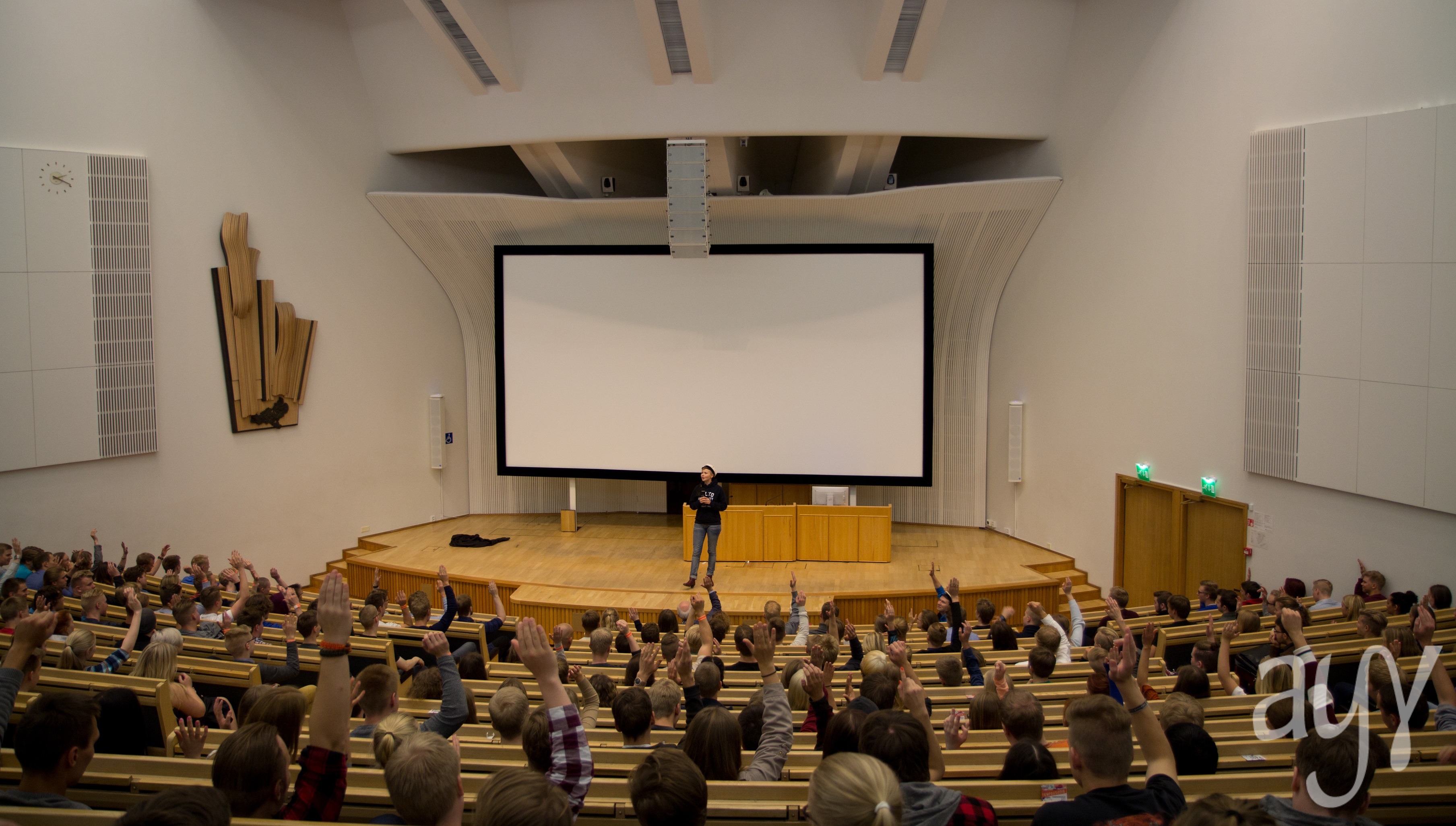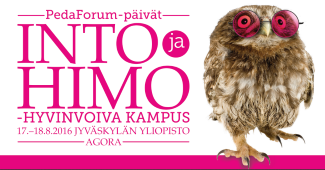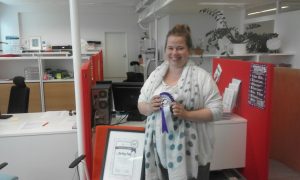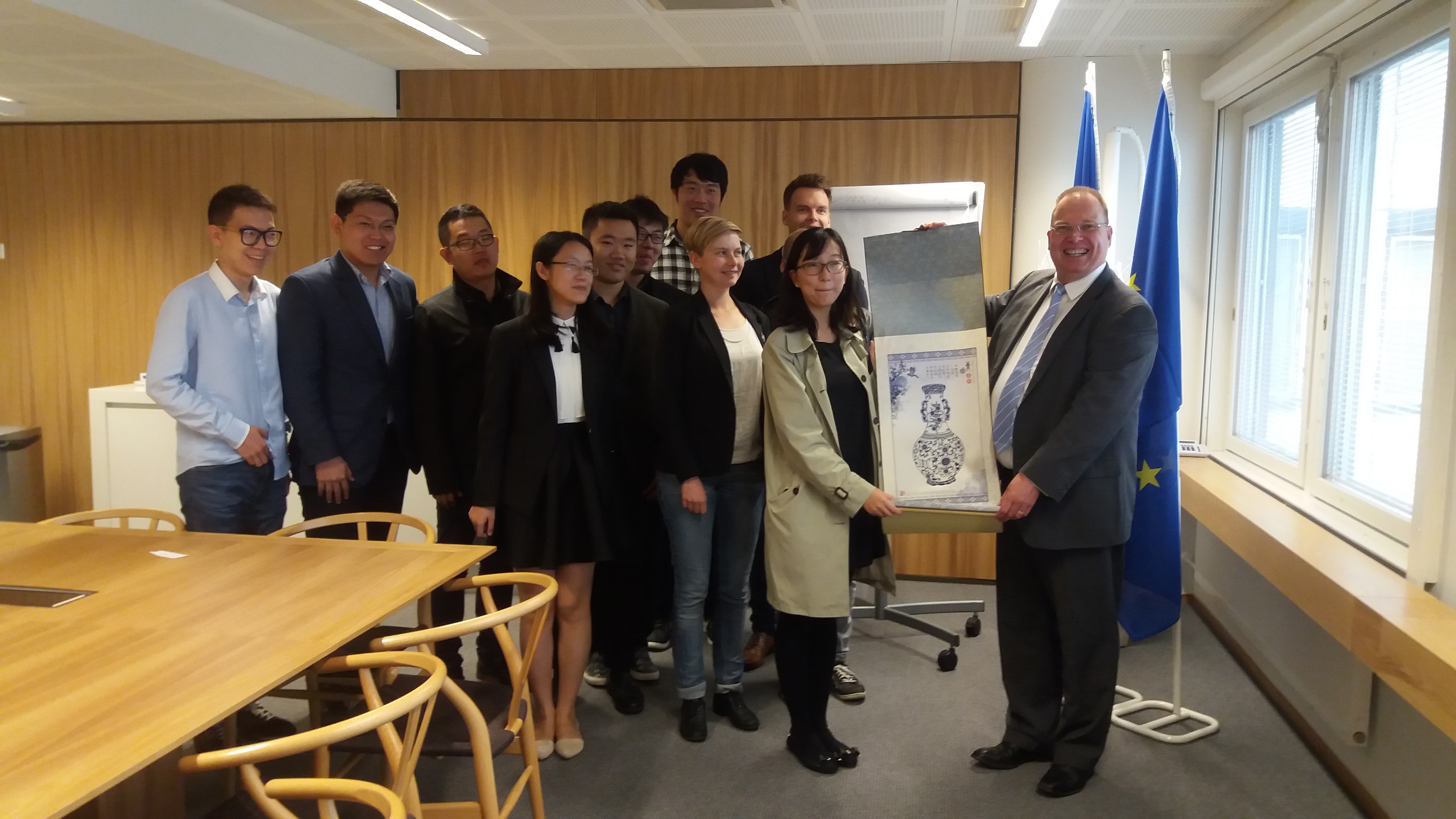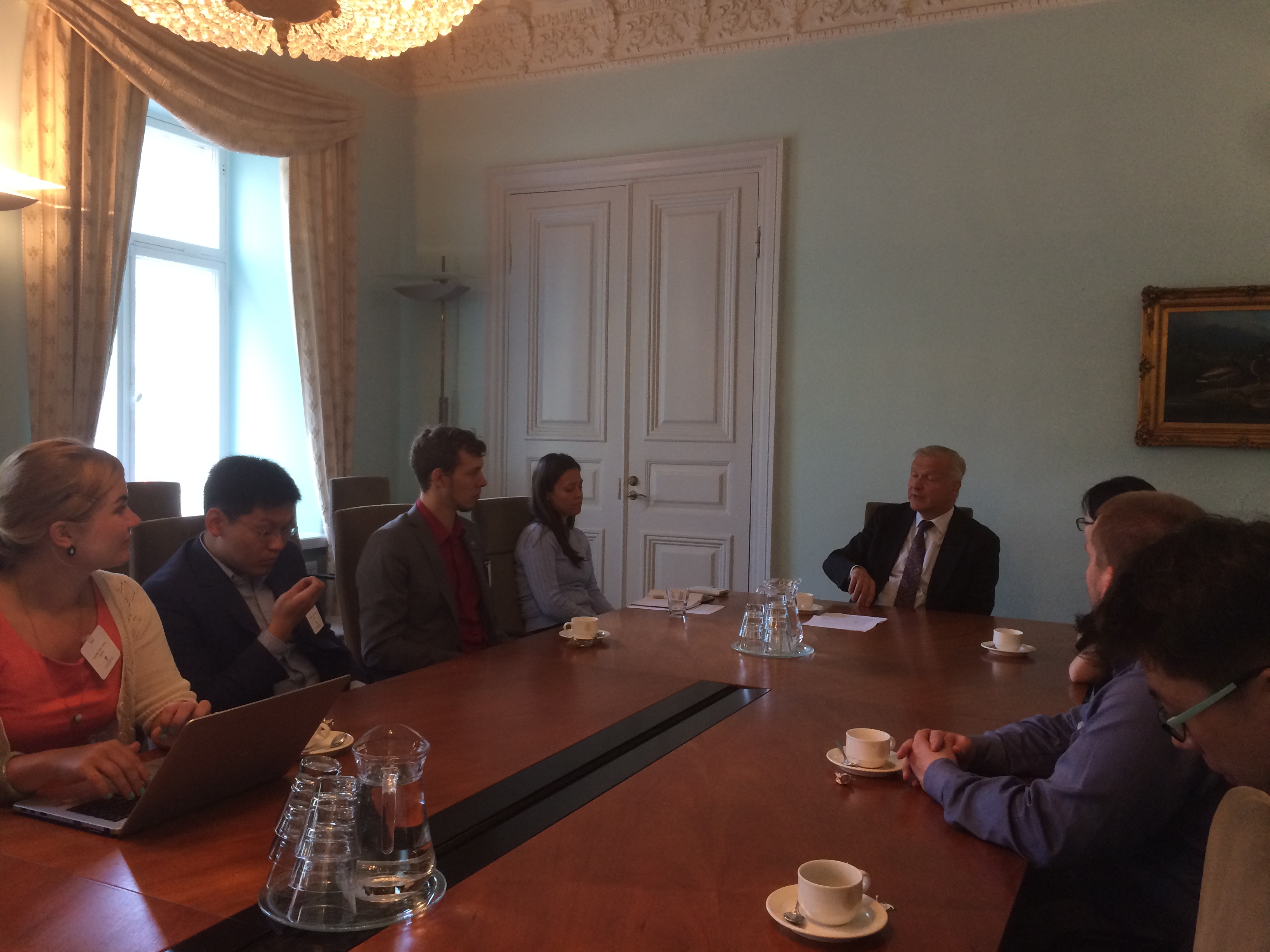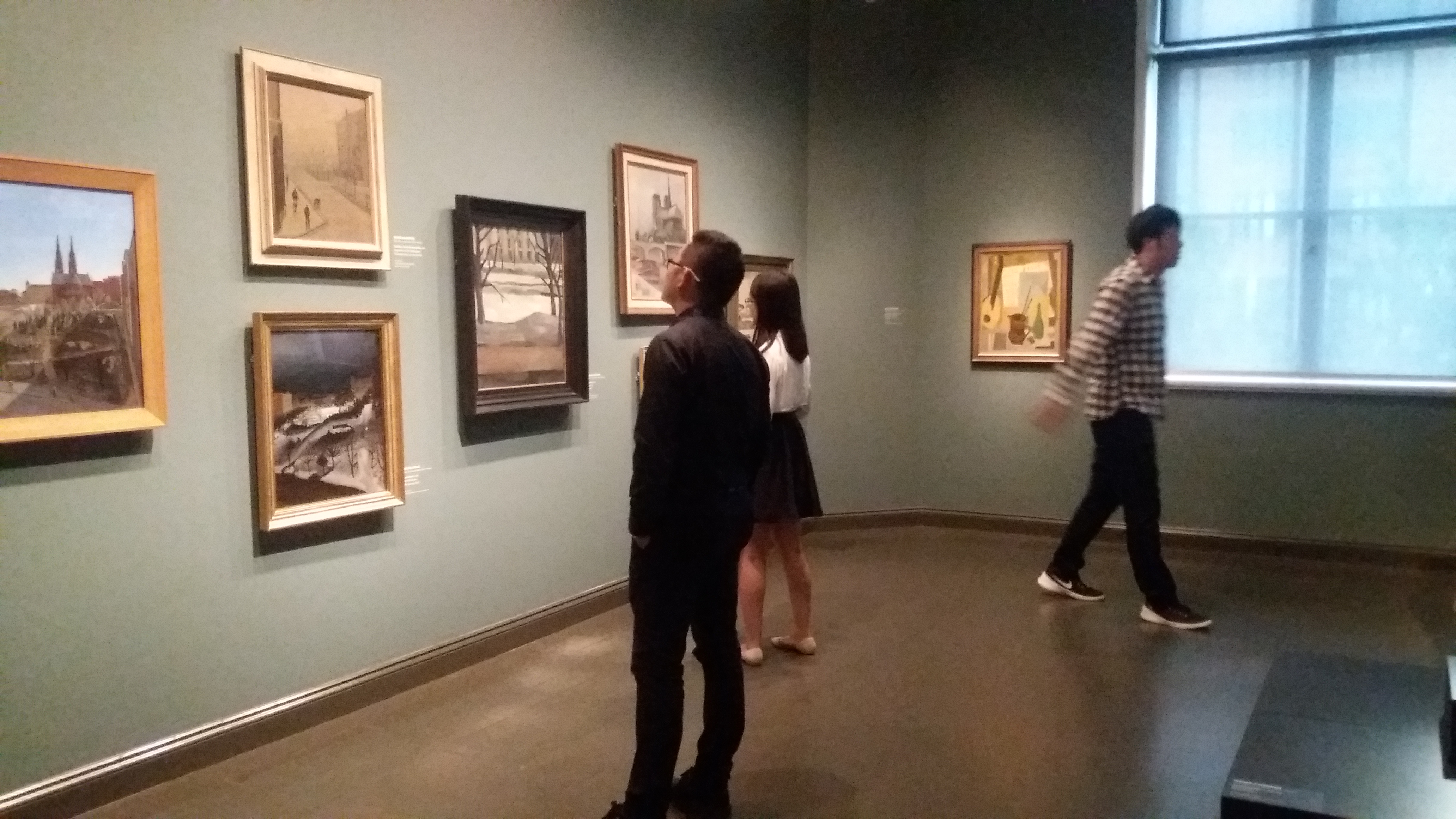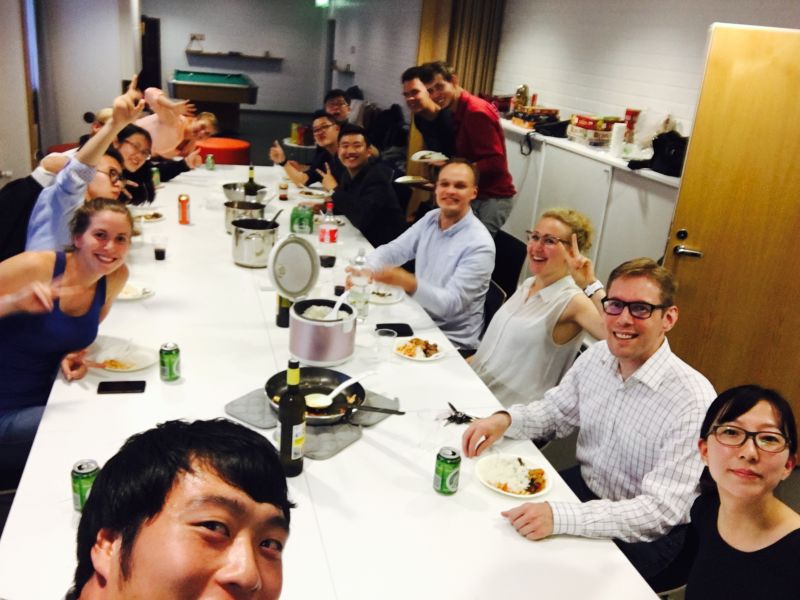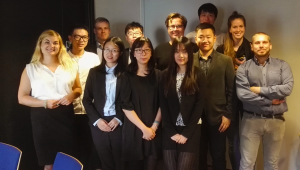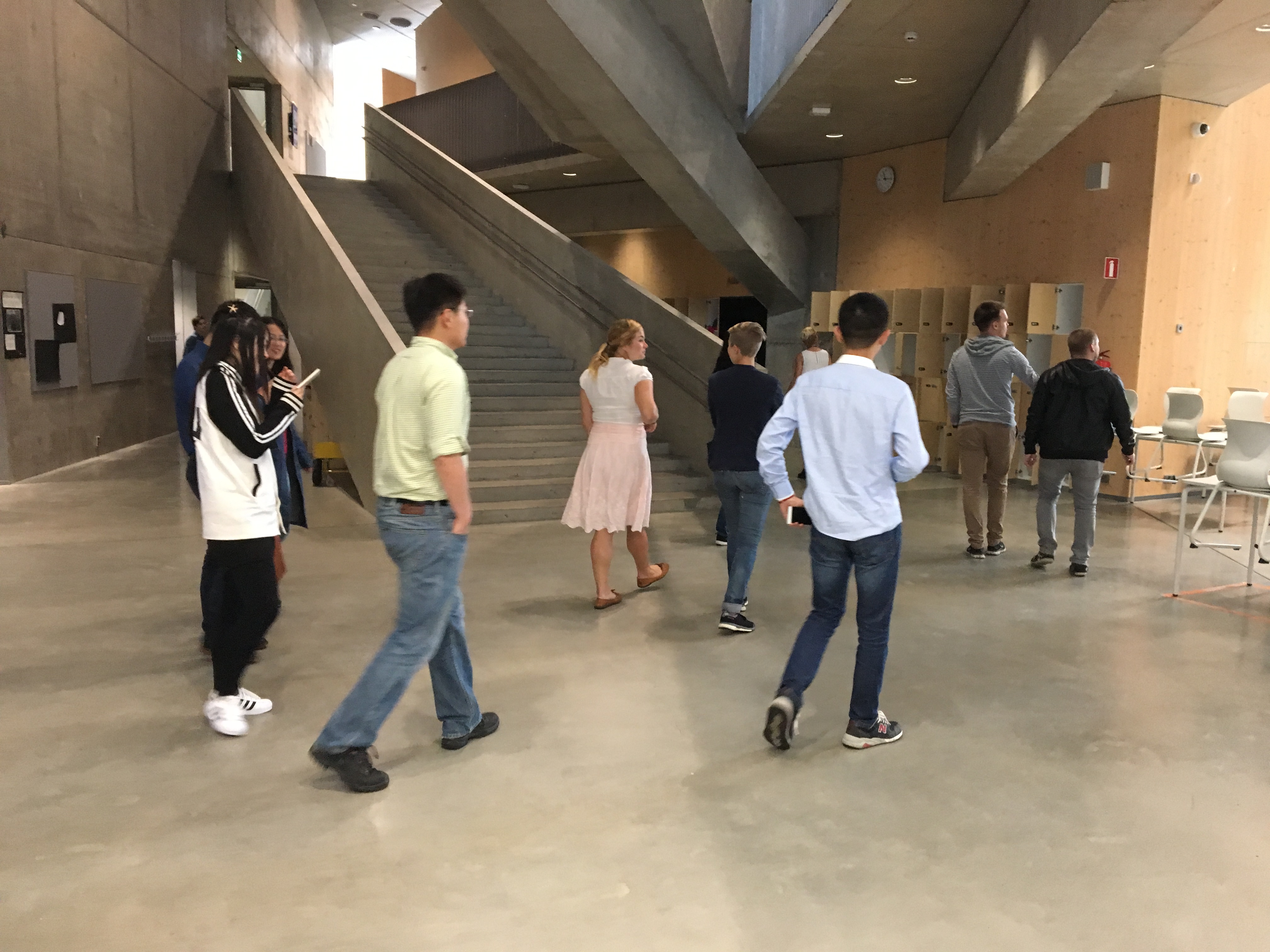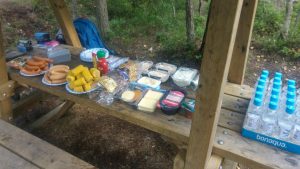Curriculum is one of the most important documents made yearly in all Aalto programs. The curriculum describes the courses and other actions provided by the University for students to achieve the learning outcomes needed for their degree. The curriculum affects how the time of the faculty is used, what spaces are needed and how the students can study and plan their studies.
It is now under consideration to change the timespan of the curricula to two years from now used one year. Fixed curricula for two or three years would help students to make their own personal study plans and be beneficial in long term planning.
It is still very important to hear concerns raised by this possible change in planning. For example there are fears that this would make developing the courses harder or the whole system might become too rigid. At the end of this post are answers to some of the most frequent questions.
Situation at this moment
Aalto uses the word curriculum (“opetussuunnitelma” or OPS). The lead of the University gives yearly instructions and strategic guidance for the next year. The curricula are processed in the programs, departments and schools. The Academic Affairs Committee of the university discusses and decides the general principles and guidelines for curricula, but the AAC of each school decides on their own curricula and its specific content.
The general structure of the studies and degree regulations are more permanent. The last time these were widely changed has just ended or is ending in the schools.
Problems:
- It’s a very demanding and heavy process to review the whole curriculum every year.
- If this process feels heavy, people might not focus on the intensity needed and just settle to doing small changes.
- Small changes done yearly without unified discussion about the program can lead to losing the focus of the program.
- It can be hard to find time yearly to sit down and discuss properly in programs about their curricula. This is especially hard in joint programs.
- Making greater changes which need training, new resources or other preparation takes time. Yearly pace doesn’t encourage to take this time needed.
- The students only get to officially now the curricula and courses yearly (even though naturally most of the courses will be held from year to year without big changes as they are a core part of the degree structure). Still the students should and are asked to make their personal study plans for a longer time, and they should prepare well in advance
Benefits or the longer term:
- Every other year would be dedicated to change and every other everybody could focus on other things.
- This would be planned way of working, not a result of a heavy workload.
- When it’s the time for program curricula planning, it is done well
- Enables long term planning for faculty and students. The information about the curricula would be officially more stable.
- Planning of credit transfer and change of course codes and names would be bigger problem only once in two years.
- The development of the program curriculum for all relevant participants could be more clear and the cycle more appropriate. There would be enough time for planning, doing, checking and acting!
- The everyday planning and making the timetables would be easier if the courses didn’t change yearly.
Other universities
- Tampere University of Technology has the same system as Aalto.
- University of Turku has the curricula for two years and the timetables are made for half a year at a time.
- Universities of Tampere and Jyväskylä have curricula for three years and timetables yearly.
- Hanken has just moved to two-year-curriculum and there is talk of extending it to three years
- The way of presenting these to students varies, but usually they are presented with a curriculum document or study guide, and the timetables are in the course registration system.
FAQ
Doesn’t this make the system rigid? / Can’t I develop my courses?
There are naturally different opinions on the rigidness, but this is in no way meant to stop teachers ongoing development of their teaching. The curriculum doesn’t have to include that kind of specifics that the teacher couldn’t make changes to teaching arrangements or use timely materials. The learning outcomes would be fixed in accordance to the programs’ learning outcomes, but even these could be changed by the decision of AAC if really needed. Most of the contents of the courses can be rearranged by the teacher without the need to change the curriculum, as long as the learning outcomes and other jointly decided things remain the same.
How does this affect my academic freedom to teach as a wish?
Program based curriculum planning does not try to take away the academic freedom of teachers. The curricula are planned and decided on the academic community, in which of course the faculty gets to collegially decide what kind of things are included as learning outcomes and core contents. Teachers still have the same freedom to plan their courses, take part in the curriculum planning and conduct their courses how they want inside the jointly decided guidelines. Part of the curriculum planning is to plan what kind of methods support the learning outcomes, but it is nobody’s wish to force teachers to take on practices they don’t want to use.
Does this lead to total changing of the curriculum every two years? Are we going to drown in students who don’t know what courses to take?
The amount of changes is made in the programs and is dependent on the needs of the program. If everything is going on smoothly, no big changes are needed. Now in theory everything could be changed yearly, but rarely that is done, as naturally many of the courses are fine as they are. This wouldn’t change the need to think of credit transfers and study guidance when curriculum is changed. Of course it is possible to tackle this problem within the curriculum development (by for example using courses and course codes with changing contents as long as the learning outcomes stay the same).
Don’t the students get flustered if the curriculum is changed so often or during their studies?
At this moments the changes can be yearly and that is for sure more demanding for the students. If the other big universities and their students can live with this, Aalto students can also, especially as they get in return every other year without major changes.
Won’t we be in trouble if we promise that a course is in the curriculum for two years and we can’t provide it in reality?
Yes. The curriculum is a decision of the AAC and it is binding. It is the ideal situation that programs plan their resources and staff for the whole period, and the courses and their learning outcomes are such that they are not solely dependent on one professor or teacher. But, of course, the AAC can make changes if really needed.
Will this be extra work?
It might seem more demanding to done the development properly together every other year, but the purpose is not to add work.
How would this benefit developing the teaching?
Energy would be saved for every other year. There would be time every other year to train new skills and to focus on the core work, teaching. There would be more time to collegially plan the curriculum.
Susanna Koistinen
Specialist, Academic Affairs
